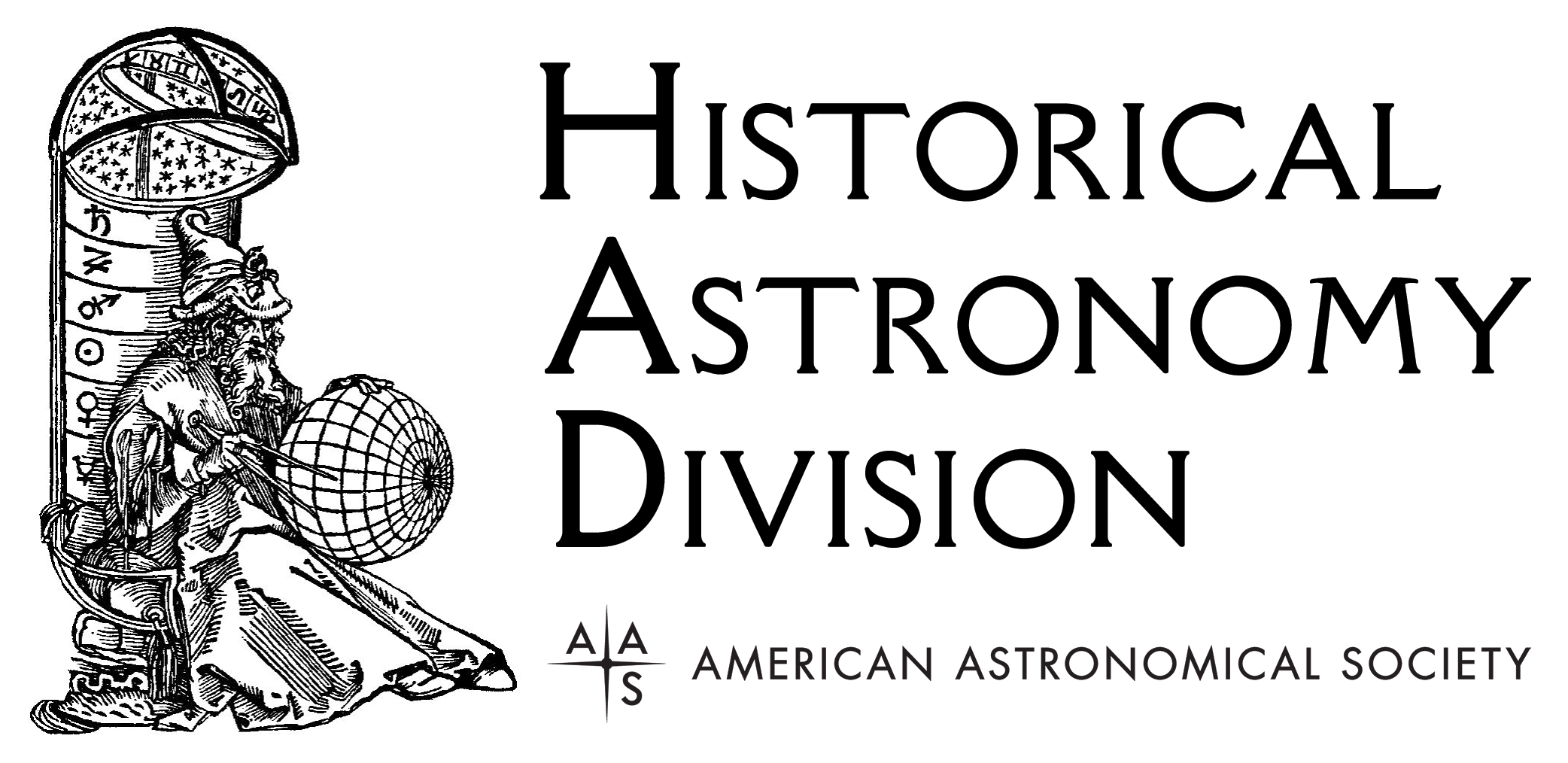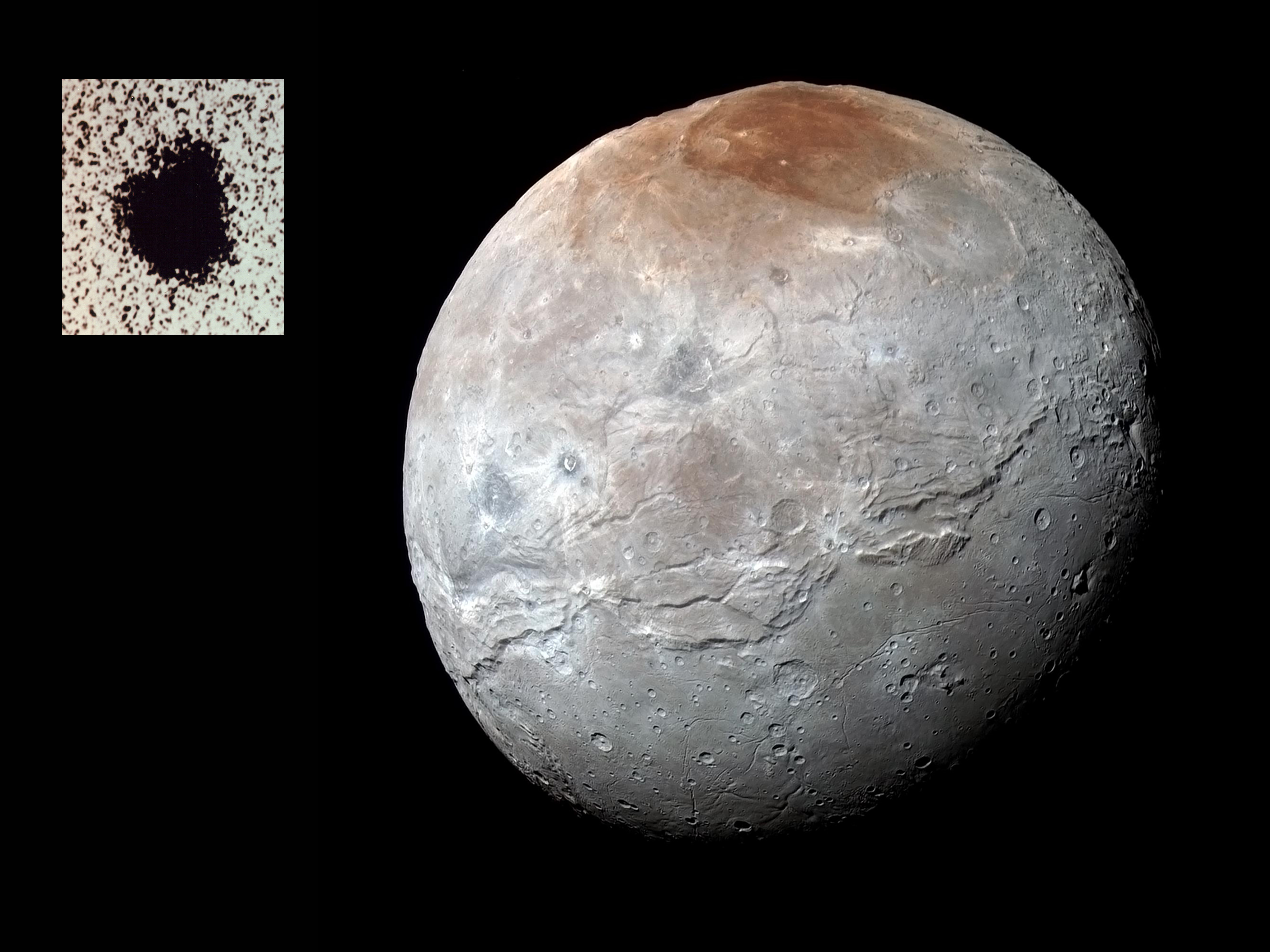This Month in Astronomical History: June 2020
Michael Marotta American Astronomical Society (Amateur Affiliate)
 Each month as part of this series from the AAS Historical Astronomy Division (HAD), an important discovery or memorable event in the history of astronomy will be highlighted. This month's guest author, Michael E. Marotta, writes about the discovery of Pluto’s moon Charon. Interested in writing a short (500-word) column? Instructions along with previous history columns are available on the HAD webpage.
Each month as part of this series from the AAS Historical Astronomy Division (HAD), an important discovery or memorable event in the history of astronomy will be highlighted. This month's guest author, Michael E. Marotta, writes about the discovery of Pluto’s moon Charon. Interested in writing a short (500-word) column? Instructions along with previous history columns are available on the HAD webpage.
James Christy Discovers Charon
Over the course of 28 hours from 21 June to 22 June 1978, James Christy obtained evidence that Pluto has a moon. Like most scientific discoveries, the full story begins earlier.
In the winter of 1977, working for the US Naval Observatory (USNO) in Washington, DC, Christy went to his supervisor, Robert Harrington, with a suggestion that they request photographs of Pluto from the 60-inch reflector at Flagstaff, Arizona, which at the time was imaging Uranus and Neptune. It would be a good opportunity, Christy figured, to record all three planets. Harrington agreed. While the Pluto images were being obtained, Christy and his family were busy planning to move from an apartment to a house. To take his mind off the impending move, on 21 June 1978, he asked Harrington for the photographic images, which had just arrived.
Christy sat down at a Starscan imaging computer and began to examine the plates, despite them having been labeled as defective and perhaps being useless. He soon spied a bulge along Pluto’s limb. The minute bump could have been any number of things: a background star being occulted, a huge mountain, dirt on the camera filter, or — more significantly — a moon. When technicians showed up to work on the computer, he moved over to a microscope station and continued his examination of the plates.
The next day, Thursday, 22 June, Christy scanned earlier images of Pluto from the same telescope and noticed the bulge there as well. He continued to mull over the possibility of a moon as well as counterarguments to alternative explanations. The National Geographic Society–Palomar Observatory Sky Atlas showed no background star close enough to Pluto to account for the bulge. Finally, he went to Harrington and announced, “Bob, Pluto has a moon!” Harrington shot back, “Jim, you’re crazy!”1 However, the next day, Friday, 23 June, Christy found confirmation of his newly discovered moon on five plates exposed in June 1970. He mused aloud that the orbital period of the moon seemed to be about one week, to which his colleague, Tom van Flandern, replied that the rotation period of Pluto, according to cyclical variations in its light curve, was accepted as 6.387 days.
In short order, Christy measured the position angles of the bulge from images taken on two nights in 1965, five nights in 1970, and three nights in 1978. At a hastily convened meeting of USNO management, Christy compared his measurements to Harrington’s computed ephemeris for a hypothetical satellite around Pluto. The match was spot on. Christy later remarked on his whirlwind discovery, “Twenty-eight hours had elapsed since I had first looked at the Pluto images.”1
The naming of Pluto’s satellite was just as serendipitous. Christy had wanted to honor his wife, Charlene, who was commonly called “Char.” He added the suffix “-on” to conform with words such as electron and proton. Realizing that the International Astronomical Union might have a problem with such a designation, he looked up “Charon” in a dictionary and learned that this was the name from Greek mythology of the ferryman who conveyed the dead across the River Styx, indeed a fitting companion to Pluto, the Roman god of the underworld.


Reference
1. Stern, S. Alan, and Tholen, David J., editors. 1997, Pluto and Charon. Tucson: The University of Arizona Press.
Further Reading
1. Schindler, Kevin, and Grundy, Will. 2018, Pluto and Lowell Observatory: A History of Discovery at Flagstaff. Charleston, SC: The History Press.
2.Tombaugh, Clyde W., and Moore, Patrick. 1980, Out of the Darkness: The Planet Pluto. Lanham, MD: Stackpole.
3. “James W. Christy, Class of 1957. Astronomy and the Study of Physics.” https://www.badgerfoundation.org/james-w-christy/ .
4. NASA. 22 June 2018. “Charon at 40: Four Decades of Discovery on Pluto’s Largest Moon.” https://www.nasa.gov/feature/charon-at-40-four-decades-of-discovery-on-… (also archived on YouTube.)

